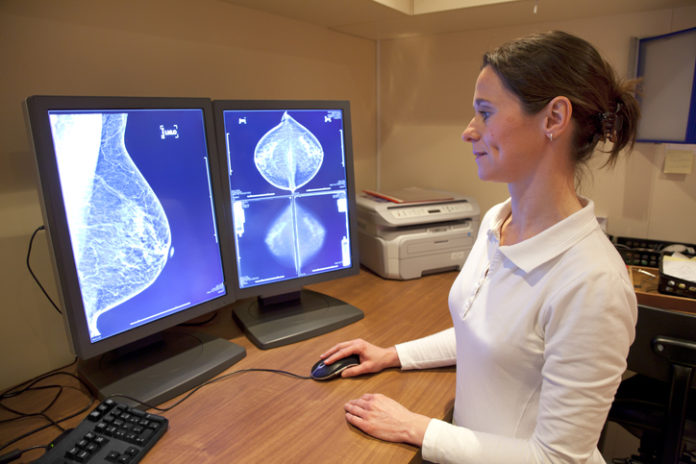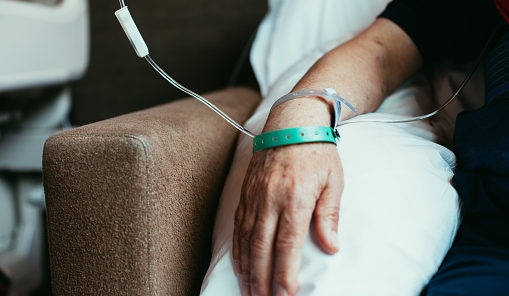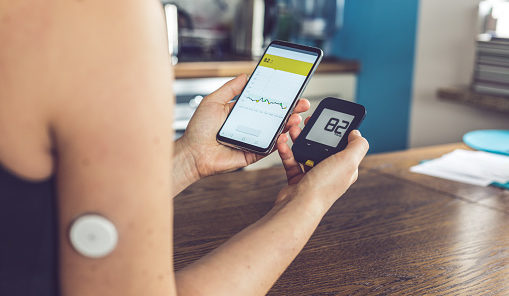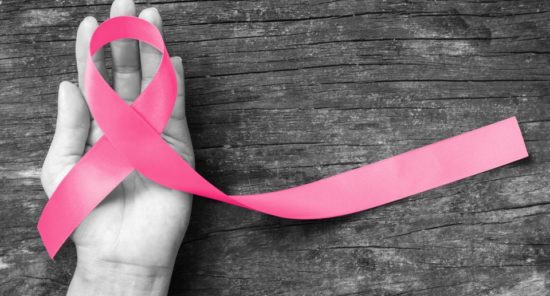The use of artificial intelligence (AI) is becoming more widespread in medicine, including in the oncology field. Among its potential uses may be to aid in breast cancer detection on mammography, according to the findings of a study.
Despite its widespread use for breast cancer detection, mammography comes with several limitations. “Up to 30% to 40% of breast cancers can be missed during screening and on average, only 10% of women recalled from screening for diagnostic workup are ultimately found to have cancer,” the researchers explained. The current literature is conflicting on the use of traditional computer-aided detection systems in digital mammography examinations, however.
Fourteen radiologists evaluated a dataset that encompassed 240 digital mammography images during two sessions. In the fist session, half of the images were viewed with AI and half without, and in the second session, the opposite was done. The main outcomes were the area under the receiver operating characteristic curve (AUC), sensitivity, specificity, and reading time.
When AI was not used, the average AUC of the readers was 0.769 (95% confidence interval [CI], 0.724–0.814), compared to 0.797 (95% CI, 0.754–0.840) with AI, for an average difference in AUC of 0.028 (95% CI, 0.002–0.055; P=0.035).
The use of AI increased the average sensitivity by 0.033 (P=0.021). Changes in reading time were dependent on the AI-tool score. The reading time in cases with low odds of malignancy (<2.5%) was similar in the first session and slightly decreased in the second session. In cases with higher odds of malignancy, AI use was generally associated with an increased reading time.
The study was published in Radiology: Artificial Intelligence.
The researchers concluded that “the concurrent use of this AI tool improved the diagnostic performance of radiologists in the mammographic detection of breast cancer. In addition, the use of AI was shown to reduce false negatives without affecting the specificity.”
Credit: Original article published here.










